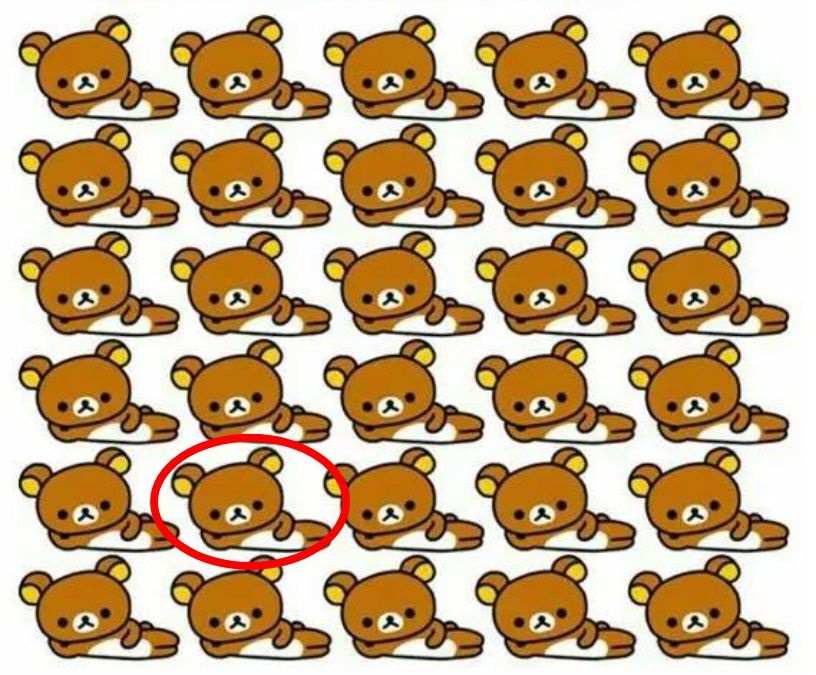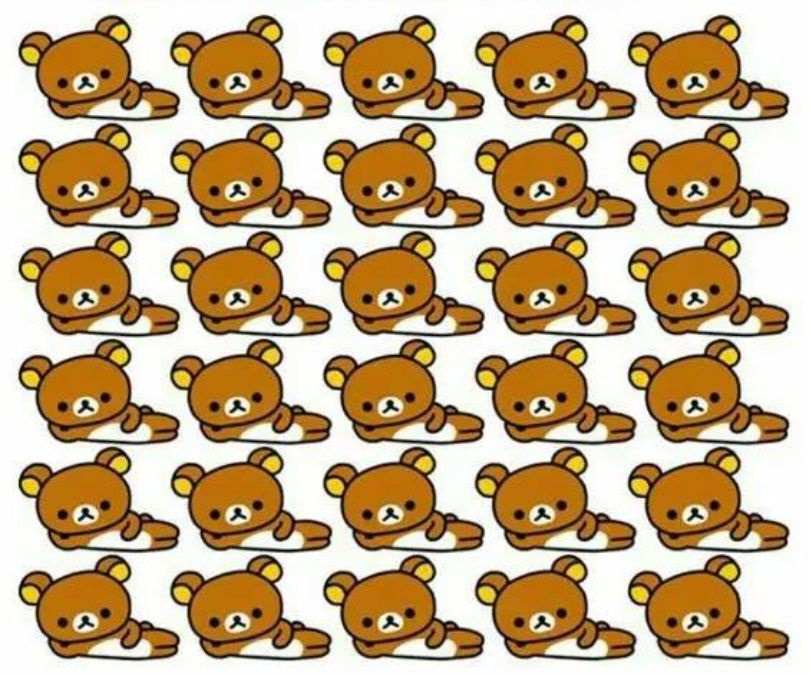Happy Teddy Day! Today is all about celebrating the cuddly, lovable teddy bear, a symbol of warmth and affection. But beyond their adorable charm, teddy bears are also making their way into brain-boosting IQ tests! Studies show that engaging in picture puzzles and visual brain teasers enhances cognitive function, improves problem-solving skills, and sharpens focus and attention to detail. If you love a good mental challenge, you are in the right place!
Your Foot Arch Reveals Your Hidden Personality Traits
Spot the difference puzzles like this one are more than just fun games—they test your pattern recognition, observation skills, and brain-processing speed. Experts say that individuals who can quickly identify subtle differences in an image tend to have higher IQs, superior cognitive reflexes, and an exceptional eye for detail.
To celebrate Teddy Day, here is an exciting brain challenge! Among this group of adorable teddy bears, one looks slightly different from the rest. Your challenge? Find the odd teddy bear in just 5 seconds! Think it’s easy? Only those with sharp vision and a genius-level IQ can spot it instantly. Let’s see if you have what it takes!
If You Have A High IQ, You Will Spot The Odd Teddy Instantly!
Look carefully at this group of identical teddy bears. At first glance, they may all seem the same, but one teddy bear is subtly different. Your challenge is to find it within 5 seconds!
This task is designed to put your visual perception, cognitive speed, and attention to detail to the test.
Brain Teaser IQ Test: Can You Spot Who Is Smuggling Money In 5 Seconds?
People with high IQs and advanced pattern recognition skills can identify inconsistencies in an image much faster than the average person.

Share this tricky picture puzzle with your friends to see if they can spot the odd teddy bear in just 5 seconds.






